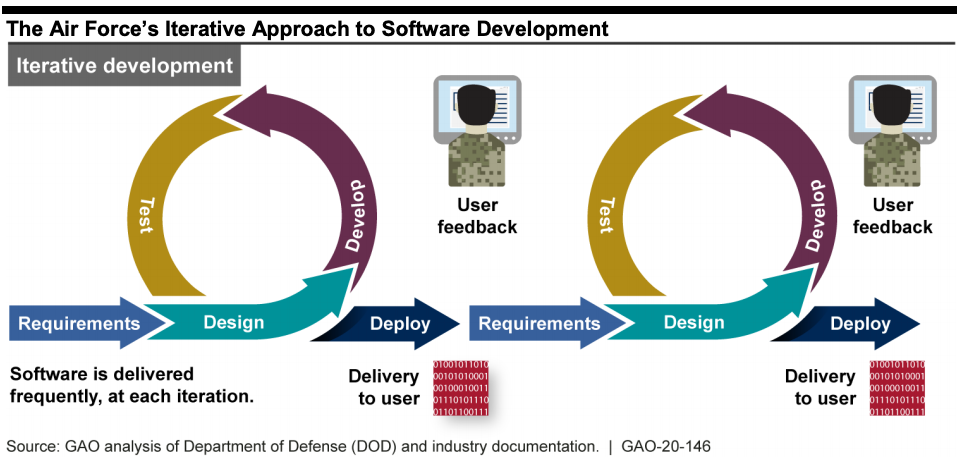The following is the Oct. 30, 2019 Government Accountability Office report, Space Command and Control: Comprehensive Planning and Oversight Could Help DOD Acquire Critical Capabilities and Address Challenges.
From the report
What GAO Found Given emerging and evolving threats in the space domain, as well as significant development problems in similar prior efforts, the Air Force is prioritizing the Space Command and Control (C2) program. Early prototype work on the program’s software began in 2016. As of mid-2019, the program had delivered some initial capabilities; however, the capabilities delivered so far are not approved for use in operations. Because the program is still early in development, it has not yet established a time frame for certifying these capabilities for operational use. Further, the foundational elements of the program, including the infrastructure and software platform, are still being conceptualized. All Space C2 program capabilities will be significantly more automated than past development efforts and are being designed to allow operators to identify and monitor threats to U.S. space assets, identify courses of action to mitigate or eliminate those threats, communicate these actions to decision makers, and direct actions in response.
To develop Space C2’s technologically complex software, the Air Force is following a modernized, iterative process called Agile development—a relatively new approach for Department of Defense (DOD) programs (see figure).

The Space C2 program is facing a number of challenges and unknowns, from management issues to technical complexity. Additionally, DOD officials have not yet determined what level of detail is appropriate for acquisition planning documentation for Agile software programs. They are also not certain about the best way to provide oversight of these programs but are considering using assessments by external experts. These knowledge gaps run counter to DOD and industry best practices for acquisition and put the program at risk of not meeting mission objectives. Additionally, software integration and cybersecurity challenges exist, further complicating program development. The Air Force has efforts underway to mitigate some of these challenges in the near term, but until the program develops a comprehensive acquisition strategy to more formally plan the program, it is too early to determine whether these efforts will help to ensure long-term program success.
Download the document here.





